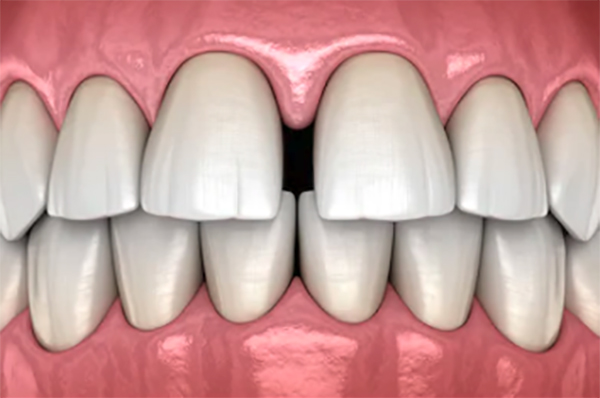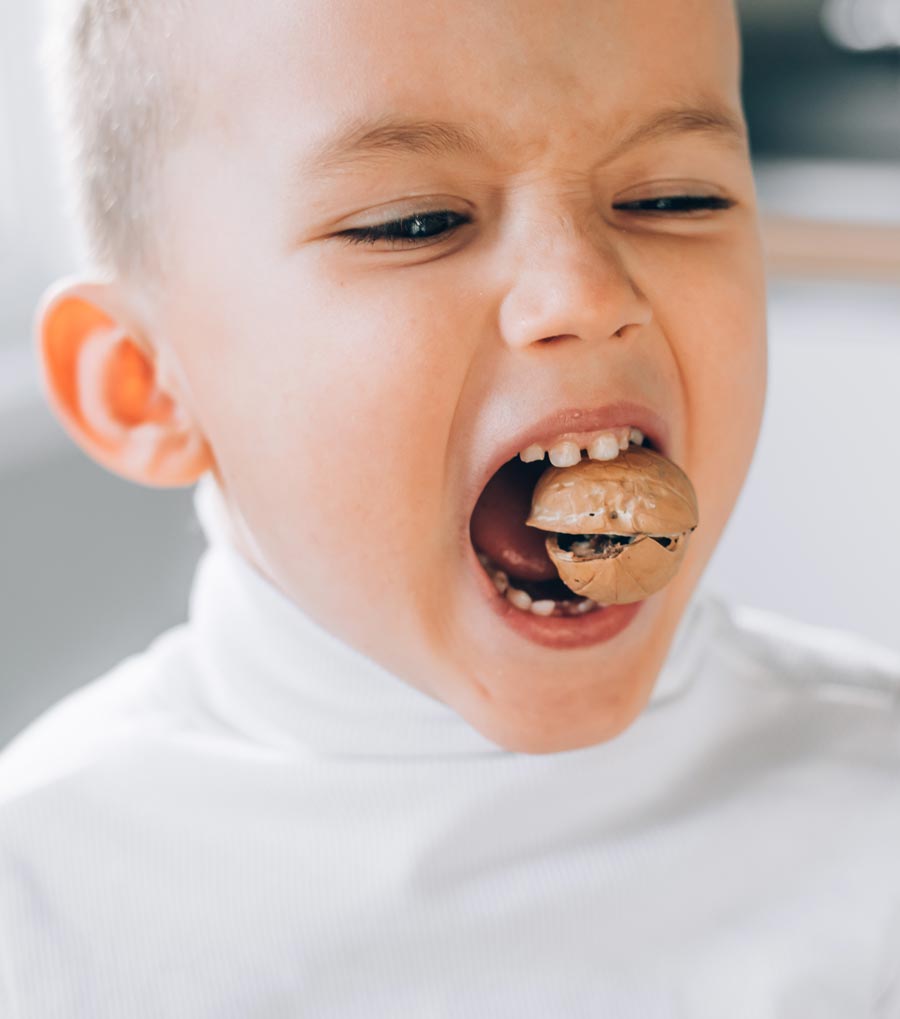The innovation of dental bonding
Previously, if a tooth was chipped then it called for a crown to replace it unless it was such a tiny chip that cosmetic contouring could treat it. But in the case of bonding, the process of restoring broken teeth has completely been transformed. It is now possible to form a new tooth merely by smearing moldable resin composite on its leftover structure. This helps the tooth get back its natural shape.
Chair-side hand-made veneers or bonding is the perfect answer to most dental problems:
• Sealing tiny spaces
• Concealing stains
• Fixing minor small fractures
• Sensitive teeth treatment
• Lightening tooth colour

The procedure can be done in just one visit and frequently without local anaesthesia and using the Air Abrasion System. The composite resin restorative material’s colour is selected to match the current tooth, and by using a special chemical, it is treated and cleaned. Liquid bond layers are applied between your tooth and composite resin. Then this composite resin is duly shaped, set and shined.
The benefit of this treatment rests in the fact that there is minimal or no decrease in the structure of the tooth, it’s a reversible technique, and the tooth colour can be made light. Yes, these bonded restorations can break or discolour far easier than those made in the laboratory, but they can be set right or restored without any difficulty.
Furthermore, the procedure is employed when fixing white “tooth-shaded” restorations in the anterior and posterior teeth.
Caring for your bonding
If you have dental bonding applied, you don’t need to do very much to protect it, yet there are things that you should and shouldn’t do.
Do’s
- Use an electric toothbrush – they are gentler to your teeth and gums and allow for better cleaning of the plaque with milder pressure.
- Visit your bonding specialist once a year – bonding requires maintenance, and a short annual visit to polish it will help you make sure it remains intact for a very long time.
Don’ts
- Avoid coloured foods and drinks, or drink plenty of water with them – bonding may stain more if you consume plenty of coloured foods. Rinsing your mouth after a meal, however, can help you prevent problems.
- Don’t go for AirFlow – the small particles used during an airflow procedure will scratch the bonding surface and make it exceptionally prone to staining.
- Bite on hard foods – bonding will break slightly easier than your natural teeth, so make sure you don’t bite on hard foods or surfaces.

